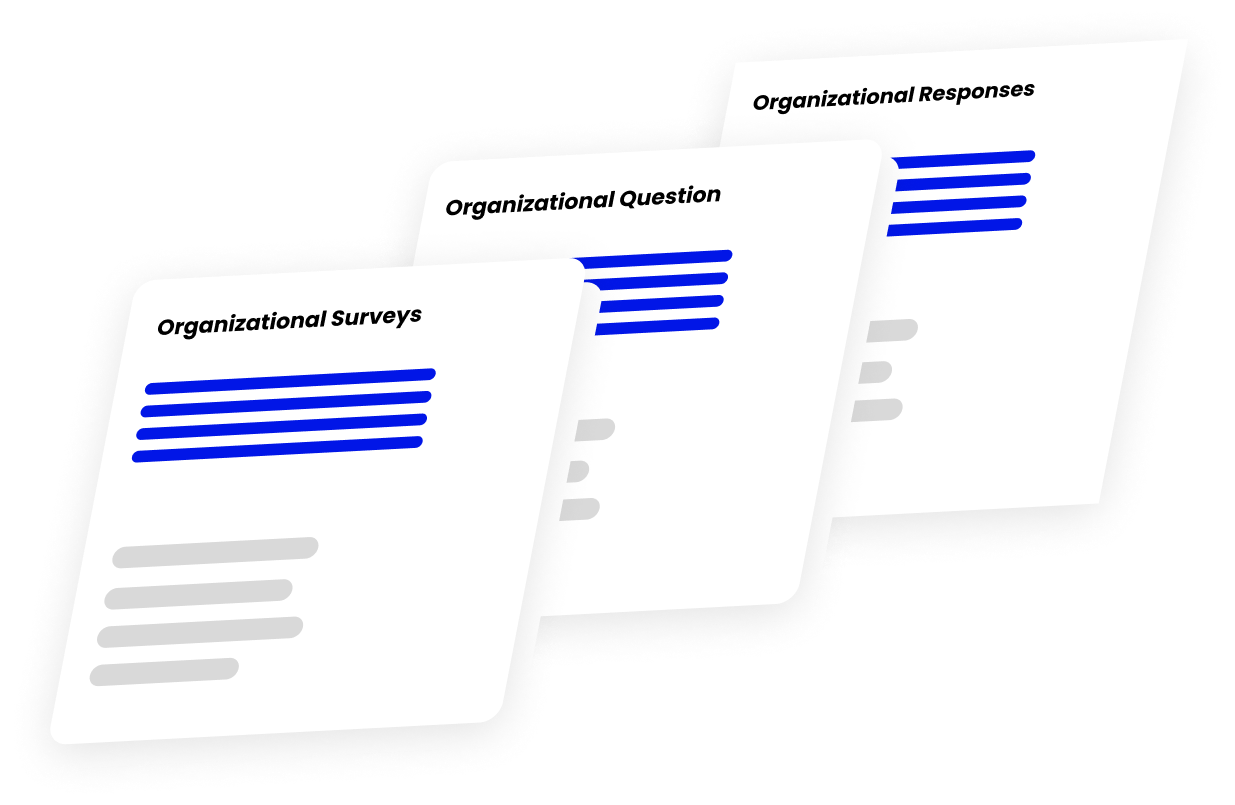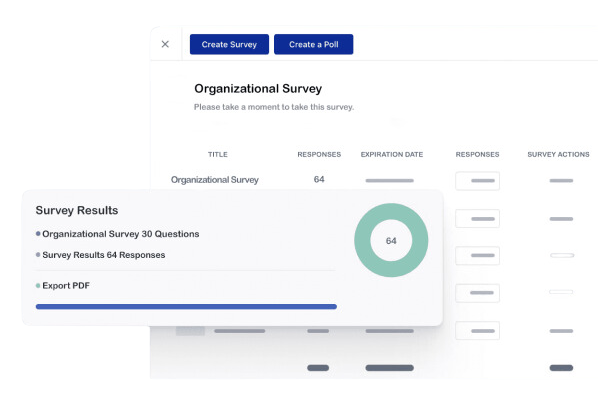Organizational Surveys
An organizational survey is a tool that police departments use to evaluate and analyze the structure, policies, and other major components of the department in order to determine whether they are suitable for meeting the department’s current and future needs.
What Is An Organizational Survey?
A law enforcement organizational survey is a type of survey that is specifically designed to gather feedback from law enforcement personnel about their experience working within an organization. These surveys can be used to assess various aspects of the organization, including leadership, training, working conditions, policies, and procedures. The goal of a law enforcement organizational survey is to identify areas for improvement and to enhance the overall effectiveness of the organization. These surveys can be conducted internally by the organization itself using Officer Survey.
Why Should It Be Done?
There are several reasons why law enforcement agencies should consider conducting organizational surveys:
1. Improving organizational effectiveness: By gathering feedback from law enforcement personnel, agencies can identify areas for improvement and take steps to enhance their overall effectiveness.
2. Enhancing morale: By seeking the input and feedback of law enforcement personnel, agencies can demonstrate that they value their employees and are committed to creating a positive work environment. This can help to improve morale and increase job satisfaction.
3. Identifying training needs: Organizational surveys can help law enforcement agencies identify any training needs that their employees may have. This can be particularly important in a field like law enforcement, where ongoing training and professional development is essential.
4. Promoting transparency: By conducting organizational surveys, law enforcement agencies can show their commitment to transparency and open communication. This can help to build trust and confidence within the organization and within the community.
5. Retaining top talent: By identifying and addressing the needs and concerns of law enforcement personnel, agencies can take steps to retain their top talent and reduce turnover. This can help to save time and resources that would otherwise be spent on recruitment and training.

An organizational survey can offer many benefits. Here are some of them:
- Identifying areas of improvement.
- Building a sense of community.
- Improving communication between management and employees.
- Creating a positive work environment.
- Identifying training and development needs.
- Assessing employee satisfaction.
- Identifying engagement hotspots.
- Assessing the effectiveness of agency policies.
- Identifying the drivers of employee motivation.
- Identifying barriers to employee productivity.
- Assessing employee stress levels.
- Identifying the need for additional support staff.
- Assessing employee morale.
- Identifying the need for changes in agency culture.
- Assessing employee commitment.
- Assessing employee loyalty.
- Identifying the need for changes in the agency structure.
- Assessing the need for changes in company policy.
- Assessing the effectiveness of management.
- Assessing the overall health of the organization.
Benefits of Organizational Surveys
Some of the benefits include:
- Identify areas for improvement.
- Enhance morale and job satisfaction.
- Identify training needs.
- Promote transparency and build trust.
- Retain top talent and reduce turnover.
- Gaining a deeper understanding of the organization.

When used effectively, organizational surveys can provide a wealth of information that can be used to improve the effectiveness of an agency. Here are some more benefits of organizational surveys:
- Identify training and development needs.
- Gauge officer morale.
- Understand officer satisfaction levels.
- Identify areas of improvement for the organization.
- Help develop strategies.
- Evaluate the effectiveness of current policies and procedures.
- Help assess the need for new or revised policies.
- Identify problem areas within the organization.
- Generate ideas for improving organizational effectiveness.
- Help develop action plans for addressing identified problems.
- Serve as a baseline for measuring progress over time.
- Help assess the impact of changes made within the organization.
- Facilitate communication between different parts of the organization.
- Help identify potential sources of conflict within the organization.
- Help assess the level of risk facing the organization.
- Help develop plans for dealing with identified risks.
- Assist in the development of contingency plans.
- Help identify opportunities for the organization.
- Help assess the potential impact of proposed changes.
- Serve as an ongoing monitor of organizational effectiveness.


